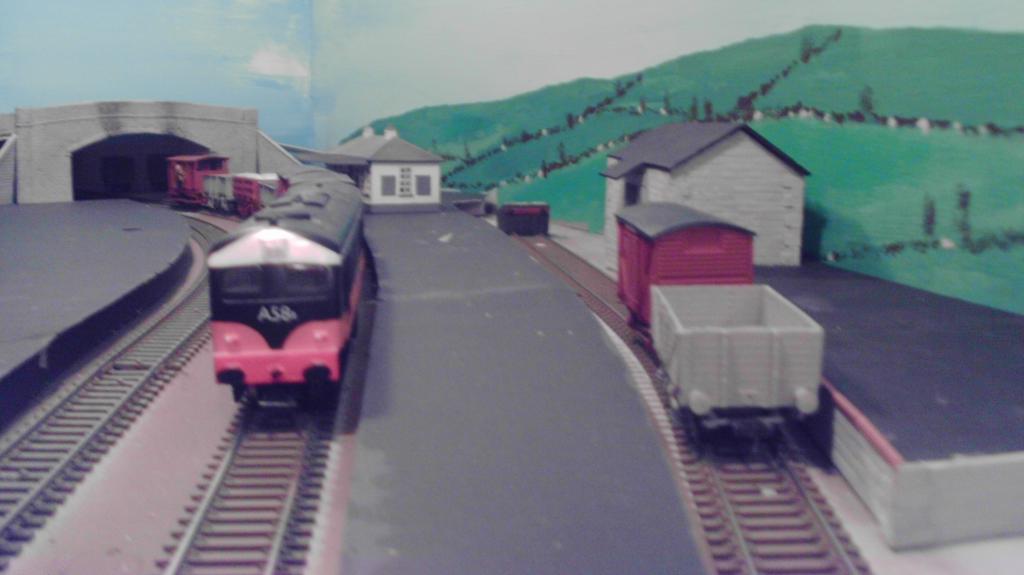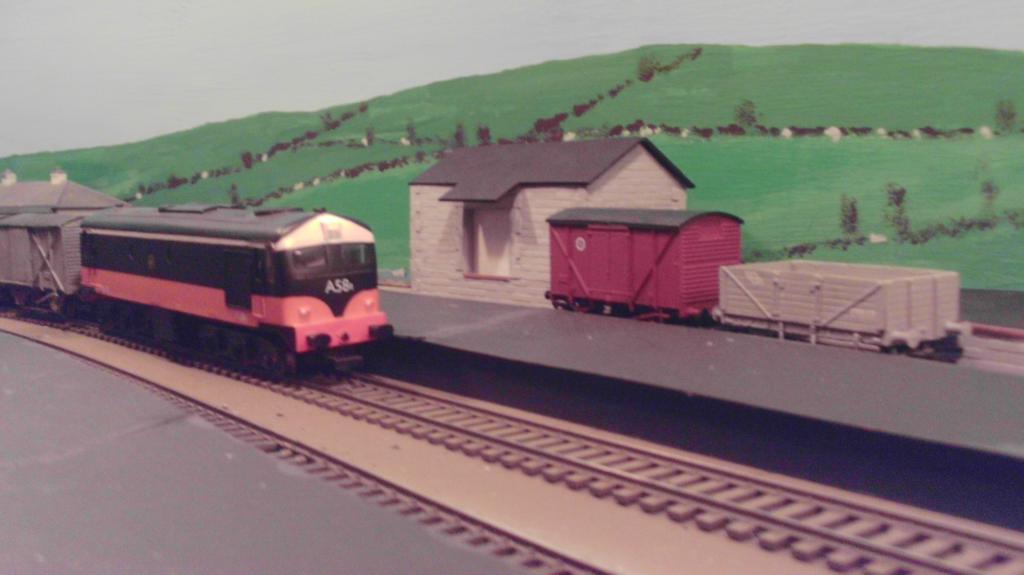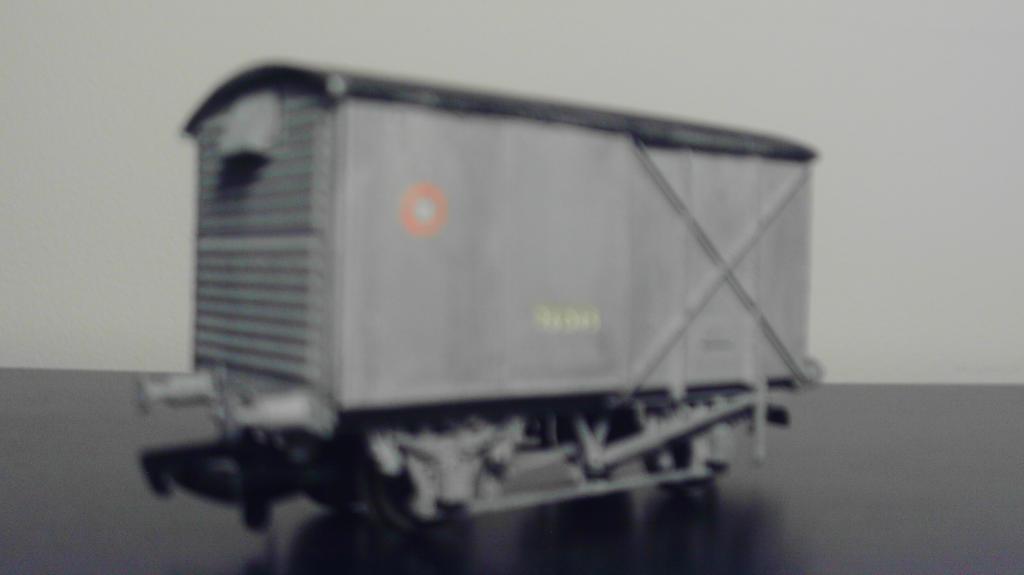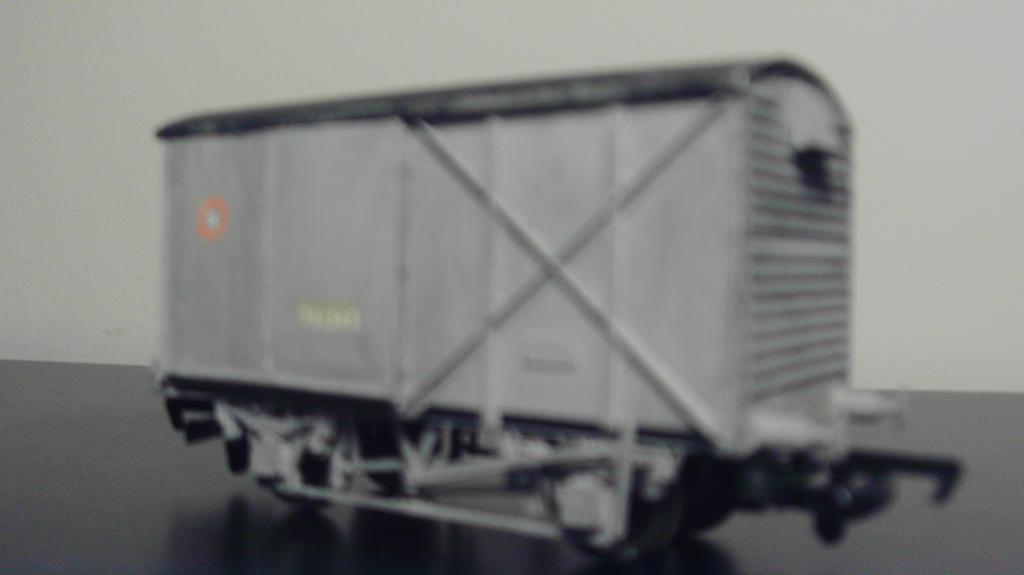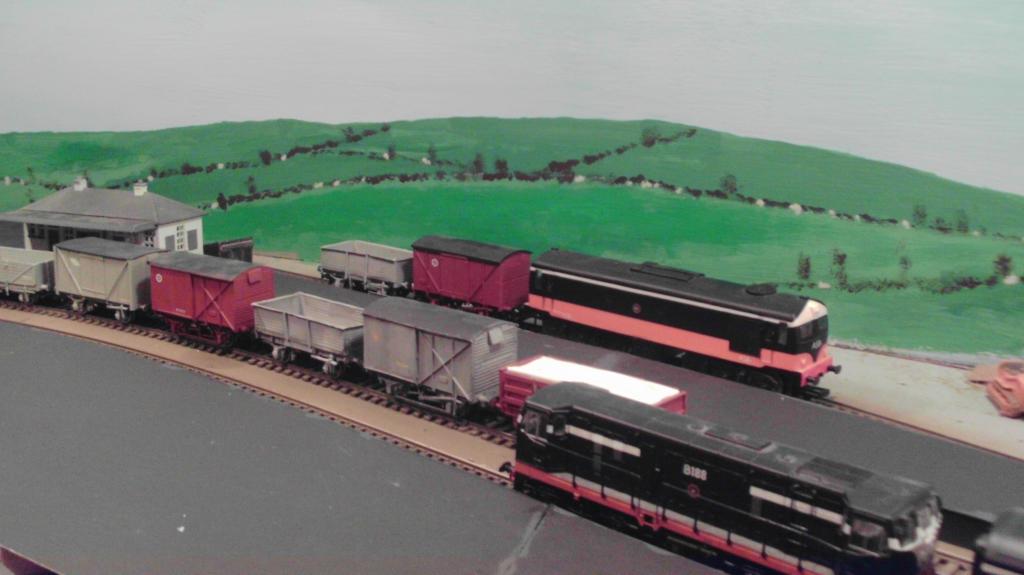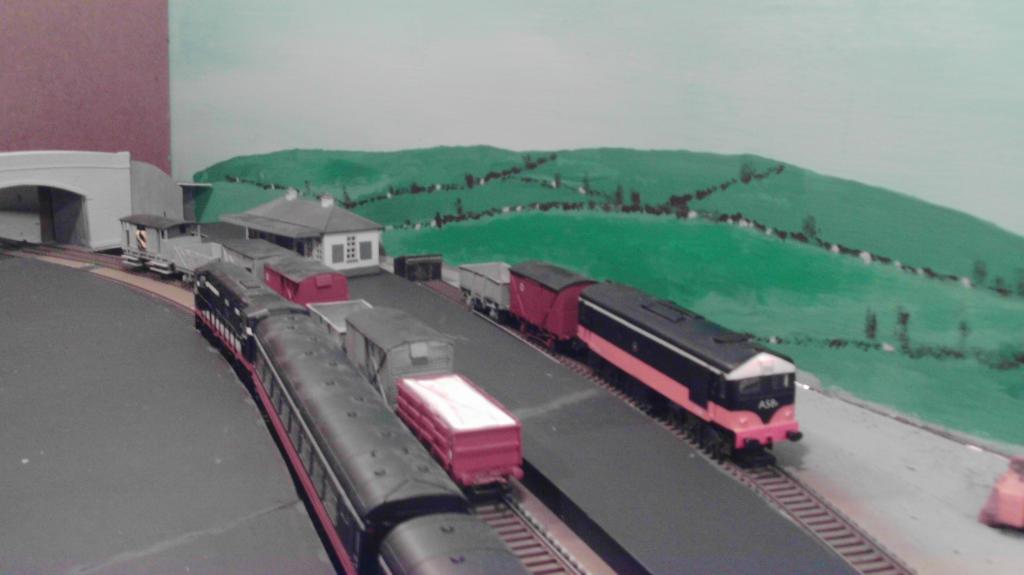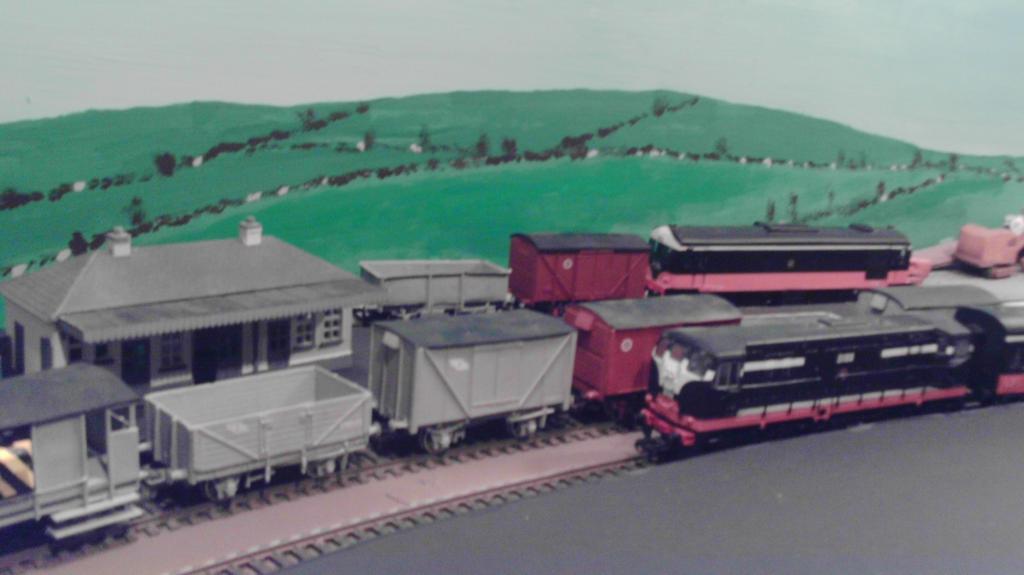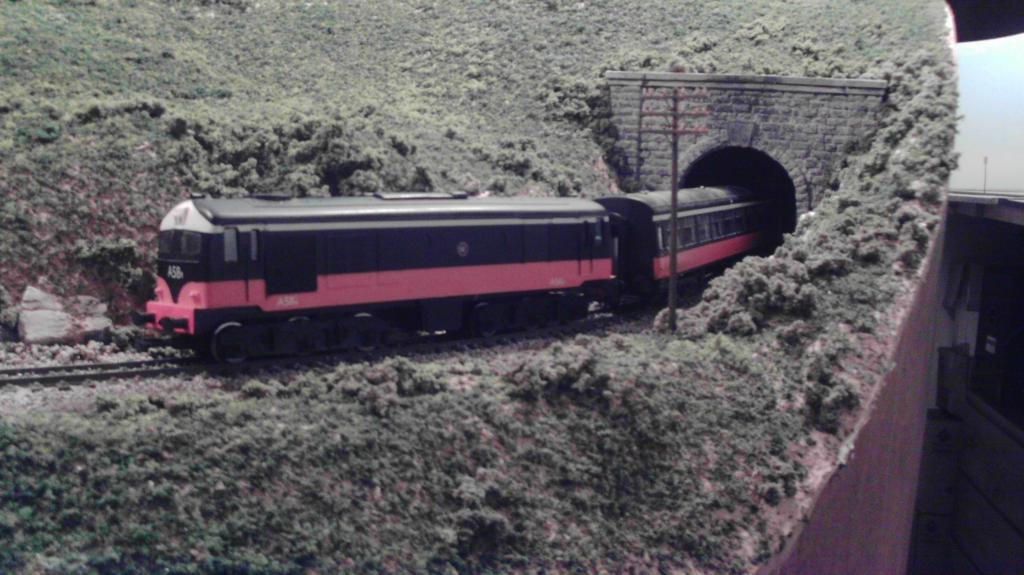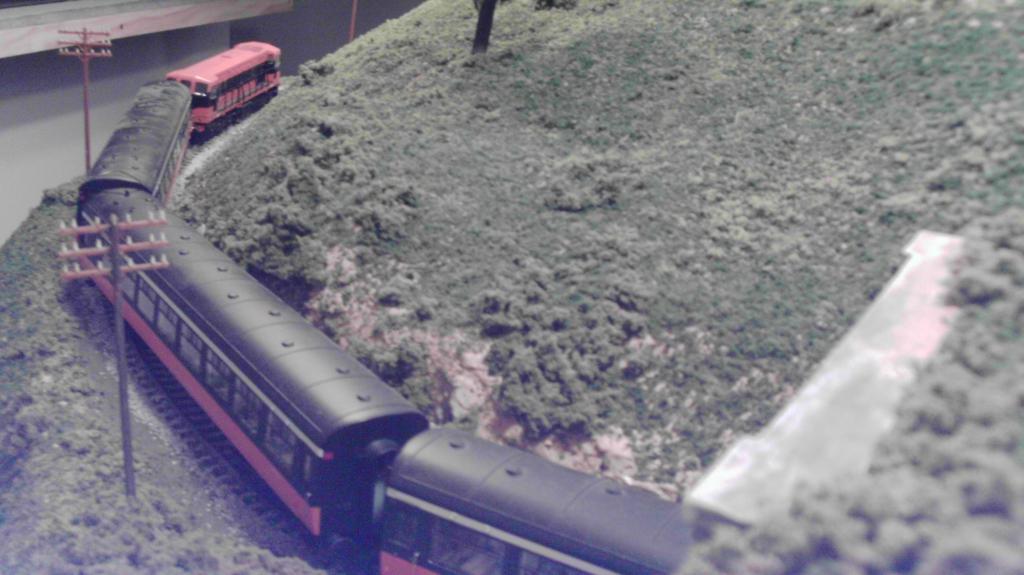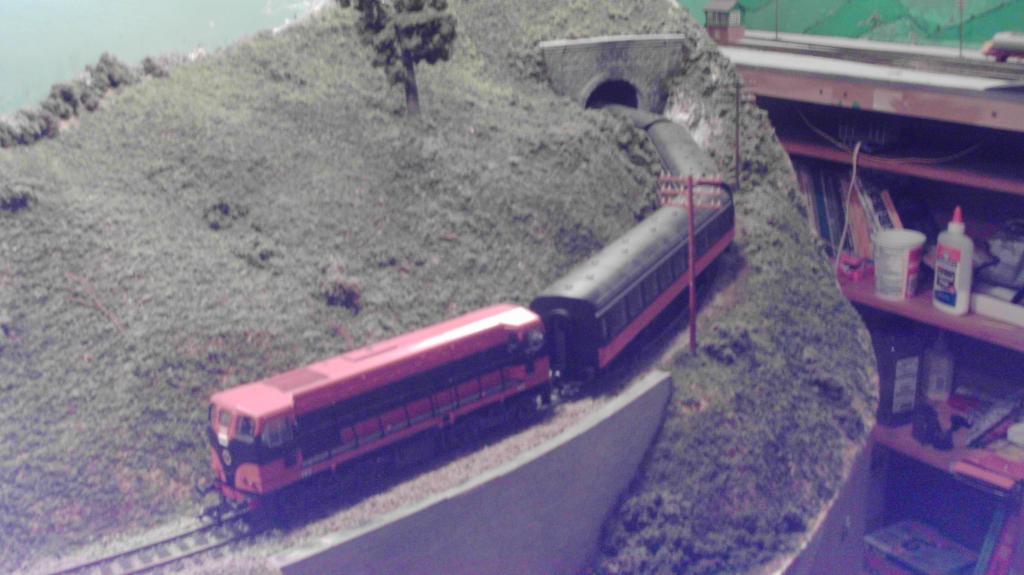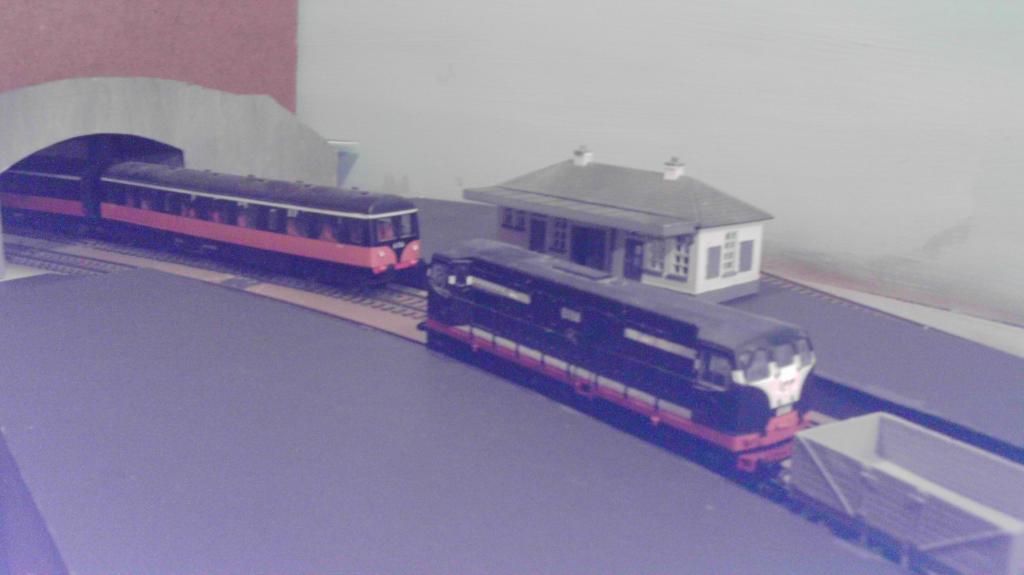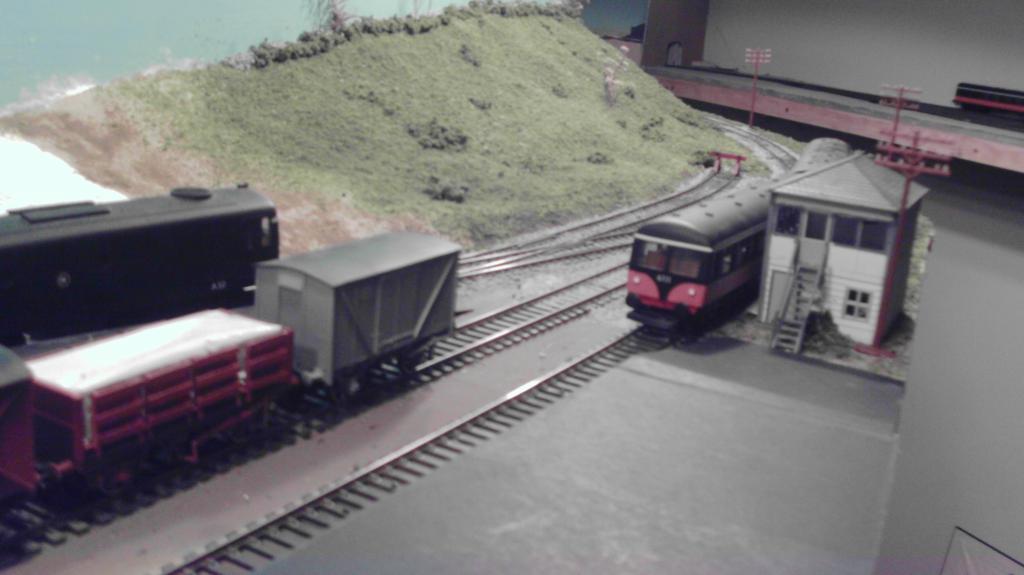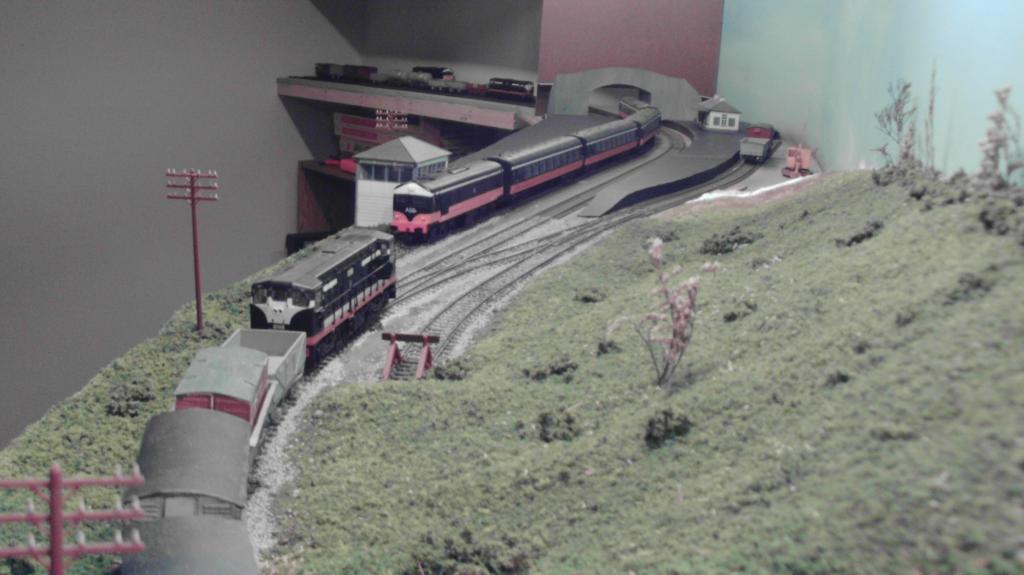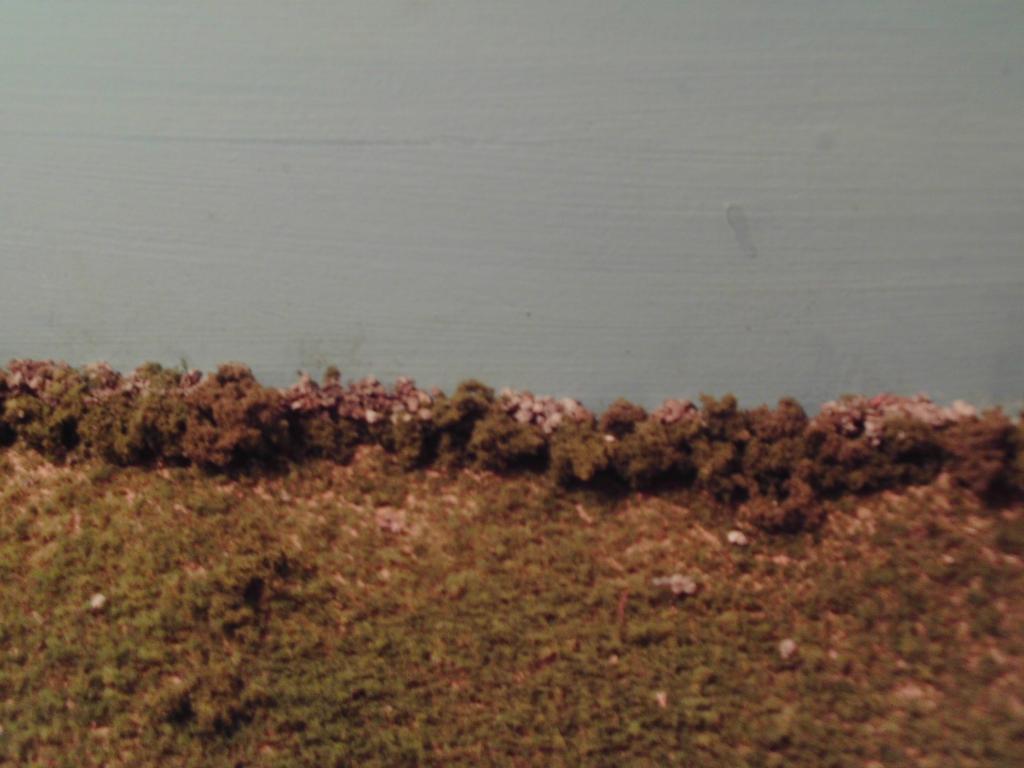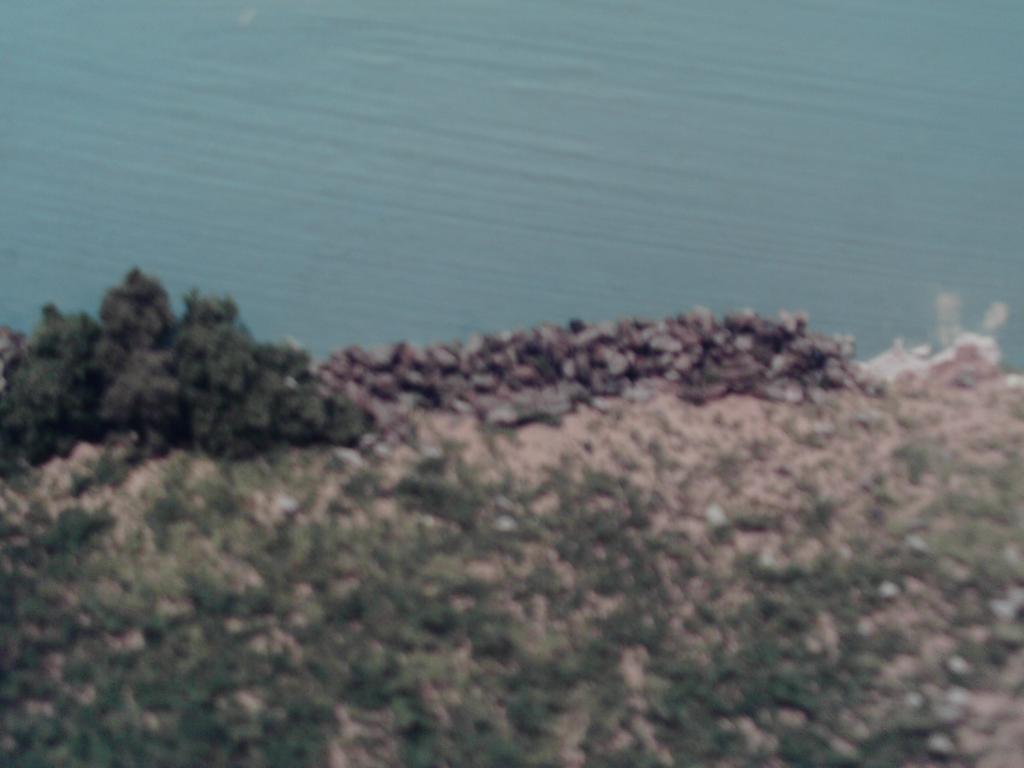-
Posts
904 -
Joined
-
Last visited
-
Days Won
41
Content Type
Profiles
Forums
Events
Gallery
Blogs
Store
Community Map
Everything posted by patrick
-
Recent progress on the layout involved painting the backscene behind the road overbridge at Grange station and building the goods store and loading bank. This is my first effort scratchbuilding a structure. The roof is not yet finished. The model is based on the store at Tallow Road on the Mallow Waterford line, the demensions estimated from photos found online. The model is built from foam core board covered with styren stone sheet. A similar model will be built for Glen More station. I plan to add windows to the ends as soon as I find sutable ones somewhere.
-
I took a break from constructing Grange goods store which can be seen in this short video.
-
.thumb.jpg.3c2fadb488e8bf5ef9653331666e86a6.jpg)
Graham's layout - Monkhill and Saltstown.
patrick replied to irishthump's topic in Irish Model Layouts
I love the point levers. they really add to the atmosphere. -
Here are a few photos of the palvan. Sorry about the quality but I cant get a higher definition to download.
-
The 12 ton ex GN van's are from Parkside Dundas. These kits come with two different ends and I use the end with the smaller sprung buffers. The other ends with the larger hydraulic buffers are then used with the Parkside Dundas palvan kit to make the sliding door vans. According to "The Locomotives of CIE and NIR" these wagons were built with three different ends but I dont ever recall seeing ends similar to those supplied with the kit. I dont know for sure but from the photos I'v seen the corrugated ends seemed most common. A little carving on the lower inside of the corrugated ends is needed to make it work. The doors are built from thin plasticard sheet and strip and the vac brake fittings are omitted. I dont have drawings, just consulted photos. The end result is a very distinctive Irish wagon.
-
Nice work. You did a great job with assembly and painting.
-
Not much got done in the past week except for a little backdrop painting. The peco platform edging has arrived and as soon as the current wintery weather clears up I will make the drive to the craft store for materials to finish them.
-
Has anyone any suggestions about ballasting track across a Metcalfe card viaduct. The finished kit has been sprayed with clear varnish and can still be removed from the layout. I am concerned about moisture causing warping. I am considering trying odurless hairspray after reading about its use fixing foliage to model trees. Thanks.
-
None of the WTT I have show a scheduled meet at Kilmacthomas but this photo from the Waterford County Museum shows one. Notice the twin 141's on the loaded dolomite.
-
Hi Stephen. According to the working timetables I have on hand for april 1973, november 1975 and may 1980 the frequency of the Ballinacourty trains seems to have been two dolomite trains and one magnesite oil train daily monday to friday although occasionally one of the dolomite trains was scheduled to run tuesday to saturday. The 1975 timetable also shows an extra path for an oil magnesite train. The 1973 and 1975 WTT's also specify 001 class on the Tivoly trains and 2 x 1210/141 on the dolomite. If you would like copies of the schedule from the WTT's please PM me.
-
I love the video, now get back to working on the layout!
-
Ground cover has been applied to the area around the west tunnel mouth and track ballasted. Next up is painting the backscene behind Grange station and building the loading bank.
-
I held my breath and pulled, it came off, no damage done. I'm very cautious with My Irish/British models as spare parts are are difficult and expensive to aquire over here. Thanks.
-
One of my Murphy models Cravens has a low hanging coupler which may have been installed incorrectly. Has anybody any idea how to remove the bogie to solve this problem. I have tried but am afraid of using too much force and causing damage. Thanks.
-
I love those A class on the cement and beets. Where did you find those diesel horns?
-
[video=youtube;-SxQrxiyF7U] Not much got done on the layout in the last week. Sometimes playing guitar wins out. I was also in need of some modelling supplies and the local hobby shop is closed for vacation. This video got made just for the fun of it. hope you enjoy it.
-
Having re-read my last post I hope I didn't sound too critical of Silver Fox models. They are to be commended for entering the small Irish market and without their A class this layout would not have been started. There are some wonderful photos of the A and C class on this site detailed with the SSM etchings.
-
Thanks for all the posotive comments. The brake van was inspired by a photo of a 20 ton van taken in Tralee. It is practically identical to my 30 ton version. Both are scratch built bodies on shortened Hornby underframes. There seemed to have been many detail variations in both the 20 and 30 ton vans. The one in the picture seems to have smooth sides, most 20 ton vans were planked. The A class and railcar are ready to run Silver Fox models. I will accept their shortcomings for now as I am striving for a complete overall picture. When the scenery and structures are essentially completed I will start upgrading rolling stock..........although with all the great recent posts on 21mm guage that avenue is becomeing increasing appealing. For now the layout is proving to be a great learning experience.
-
Thanks John. The Dapol kit was chosen for that very reason. The signal cabin has also some GSWR charecteristics espically when the outside platform is omitted. In both cases a CIE paint job works wonders. Both are intended as stand in models until I hopefully scratch build some appropriate models, something I have as yet very little experience in. On a visit to Ireland last year I found The Bachmann "Irish" station building and signal cabin. I couldn't resist them and am using them as stand in's for now for Glen More the other station on the layout. Your previous comments comments on this thread about how that station having a GN feel both delighted and alarmed me. I was delighted you felt I had captured the atmosphere of a small Irish station but alrmed that you were seeing a different railway! The Dapol kits, though in many ways inferior to the Bachmann models ring more true on the layout.
-
-
I roughed in platforms at Grange station. Since they are on a curve I wanted to figure out clearances an how to build them before risking more expensive materials. Also my neighbor Bruce, a train fan, has been asking about the first formal operating session and a place to board passengers was desirable. The whole scene is just crying out for some SSM signals, which I have on hand just waiting to be built.
-
I have been trying to figure out how to model stone walls on the layout for the fast few weeks. The commercially available products would be expensive for the quantity required and inflexible when it came to hills and turns. After using some cat litter to represent rocks at the bottom of the retaining wall with good results I tried it again for walls. The cat lit is bonded with dilute white glue. The trick is to mix about one tea spoon full at the time with as little glue as possible. too much liquid or mixing will cause the cat lit to turn to clay. (If this happens on the layout dry cat lit will bond to the clay saving any wall already built.) With a little experimenting you will get the hang of it. The first picture shows a free standing section of wall on a scrap piece of styrofoam, the second, a section built against the backdrop. The third shows a section where some of the Wall mixture was applied behind clump foliage which was already fixed on the layout. I don't know if this method has been used before but I'm very pleased with the results. Excuse the picture quality but any higher resolution won't download for me.
-
A lot of progress is due to the fact that the layout is so accessable, I just have to walk downstairs from the livingroom. There is a kitchen sink downstairs ten feet from the layout, which is very convenient, all supplies are nearby and not having a duckunder makes visiting the layout much easier, often I go take a look at my progess and get sucked into a project. Track ballasting is getting done one foot at a time whenever time allows. None of the above could be said about my previous layout, after 10 years it had only got as far as baseboards track wirinng. I also get a lot of fun from planning and research so by the time a project is started materials are at hand and I have worked out in my head how to proceed.
.png.c363cdf5c3fb7955cd92a55eb6dbbae0.png)

